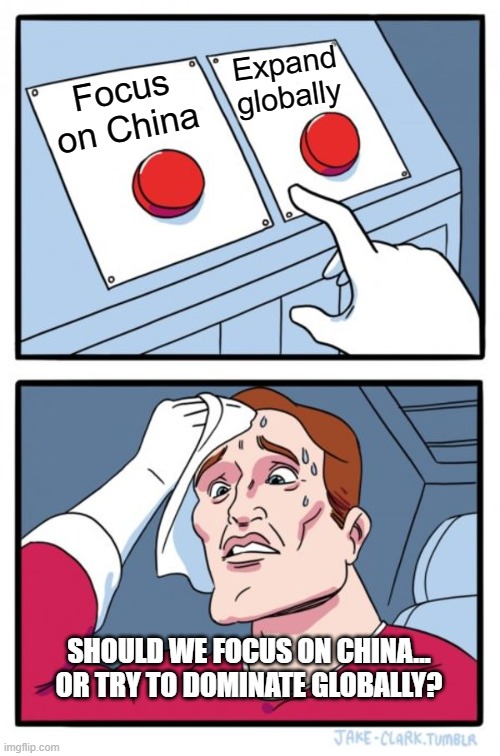UnionPay’s Growing Presence
For many years, the global payment market has been dominated by two major players—Visa and Mastercard. They have established a duopoly, comfortably reigning over international transactions. However, things are changing rapidly with the aggressive rise of a third contender: UnionPay, the Chinese payment system. Last year alone, UnionPay processed an impressive 228 billion transactions worldwide, which has pushed it to second place in global payment systems. Interestingly, it even surpassed Visa and Mastercard in terms of total payment volume.
UnionPay’s Stronghold in China
This growth isn’t surprising, considering UnionPay’s monopoly over the enormous Chinese market. China’s population and economic influence provide a solid foundation for UnionPay to thrive. The fact that it dominates China’s domestic market explains its massive transaction volume. When Visa and Mastercard pulled out of Russia, UnionPay stepped in, further extending its reach in markets that needed an alternative payment solution. But here’s where things get interesting: how dominant is UnionPay outside China?
The Global Reality: Not as Strong as It Appears
Despite the significant numbers, UnionPay’s global reach outside of China is surprisingly limited. According to the latest research by Datos Insights, if we exclude China from the picture, UnionPay accounts for less than 1% of the global transaction volume. This revelation highlights an important reality—UnionPay’s dominance is heavily reliant on its Chinese customer base. Its growth, while impressive on paper, doesn’t have the same impact when compared globally without China in the equation.
So, while UnionPay has made a huge splash in specific markets, its influence outside China remains minimal. In many parts of the world, Visa and Mastercard continue to dominate, leaving UnionPay in the shadows.
What Does This Mean for the Future of UnionPay?
The future of UnionPay’s global expansion is still unclear. While the company has undoubtedly made strides in markets like Russia, its reliance on China makes its global growth fragile. Essentially, UnionPay is a giant, but one that’s standing on a single clay foot—a metaphor used to describe how it’s strong in one area but fragile elsewhere.
UnionPay has potential, but whether it can truly challenge the likes of Visa and Mastercard on the global stage remains to be seen. Its current growth strategy will need to focus on gaining more traction outside of China to compete effectively in a global market where consumers still prefer the established giants.
Key Takeaway: Always Look at the Bigger Picture
At first glance, UnionPay’s dominance seems undeniable. The sheer volume of transactions can be impressive, but looking closely at the details changes the perspective. In this case, while UnionPay leads in China, it’s clear that its global influence is still limited. The key lesson here? Always dig deeper into the numbers and avoid being swayed by large figures without context.


Leave a Reply
You must be logged in to post a comment.